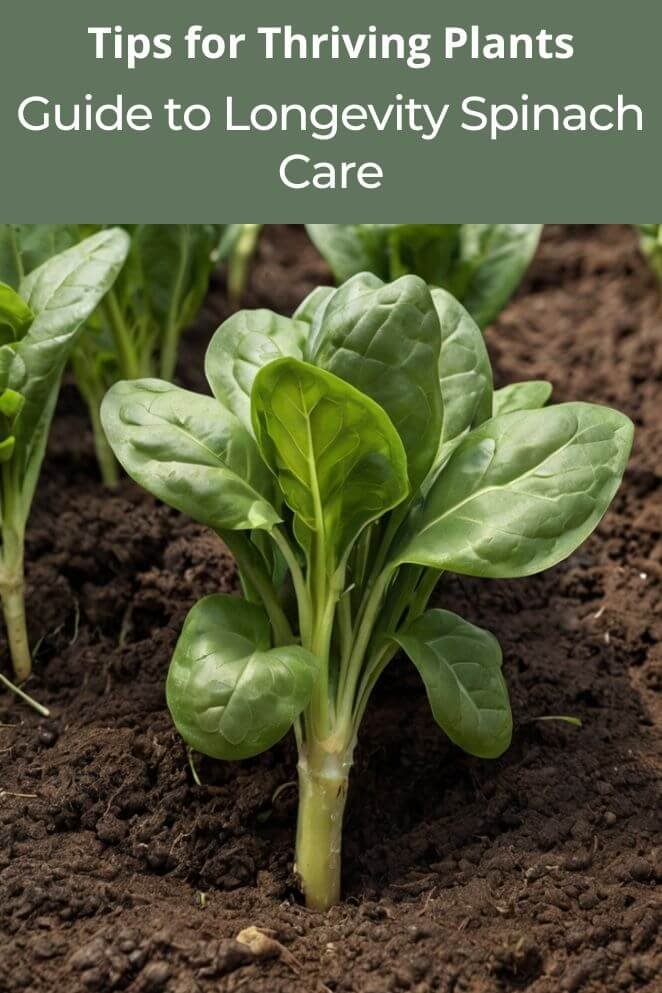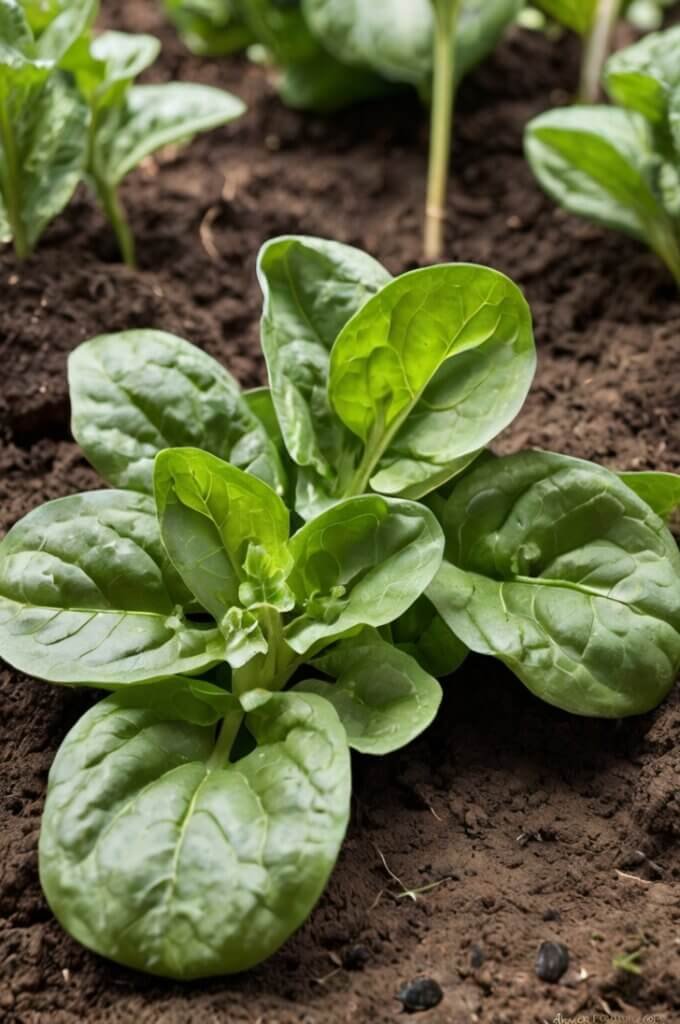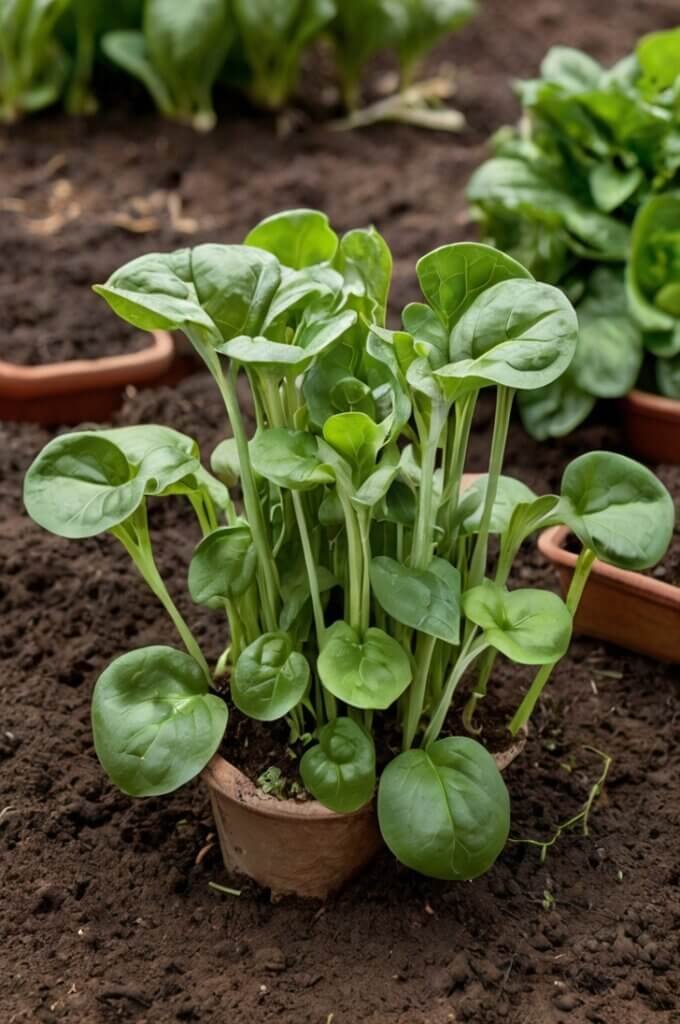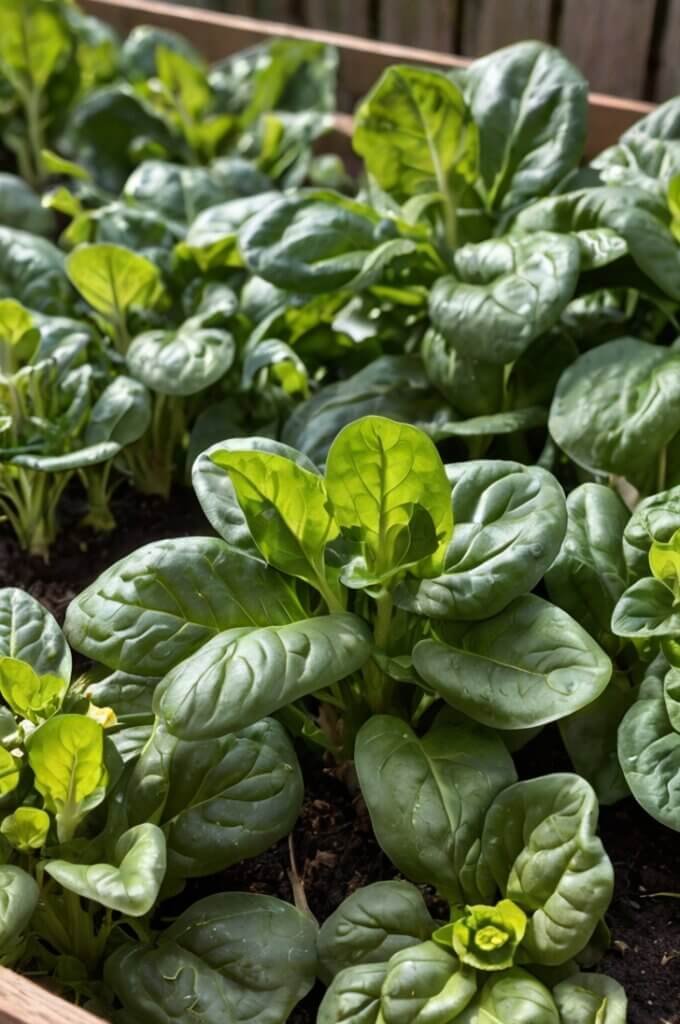
If you’re looking for a low-maintenance, nutrient-packed leafy green, Longevity Spinach might just be the perfect plant for your garden.
Known for its health benefits, easy care, and ability to thrive in various climates, this perennial green is gaining popularity among gardeners.
Whether you’re growing it for its health properties or simply for its beauty, this guide will cover everything you need to know to care for Longevity Spinach.
What is Longevity Spinach?
Longevity Spinach (Gynura procumbens), also known as “Cholesterol Spinach” or “Leaves of the Gods”, is a leafy green native to Southeast Asia.
It has been used in traditional medicine for its potential health benefits, such as reducing cholesterol levels, improving blood circulation, and regulating blood sugar.
Its deep green leaves can be eaten raw, cooked, or added to smoothies and salads, making it a versatile addition to any diet.
The plant’s ease of care makes it an excellent choice for home gardeners of all skill levels.
- Read also: Enjoy Fresh Spinach: How to Prevent Bolting in Spinach
- Read also: Tips for Gardeners: A Guide to Common Spinach Pests and Diseases
Planting and Growing
Ideal climate and soil
Longevity Spinach grows best in warm, tropical, and subtropical climates, thriving in temperatures between 65°F and 85°F (18°C to 29°C).
While it can handle cooler weather, its growth slows down during colder months.
For soil, aim for well-drained, loamy soil that holds moisture without getting waterlogged.
The ideal pH for the soil should be slightly acidic to neutral, around 6.0 to 7.0.
Planting from seeds or cuttings
You can grow Longevity Spinach either from seeds or cuttings.
Growing from seeds takes patience since they can take up to 4 weeks to sprout.
However, using cuttings is much quicker, as they tend to root in just 1 to 2 weeks if kept in moist soil.
Simply plant the cuttings directly into the ground, and they will start to establish roots and grow.
Spacing the plants
When planting, make sure to space Longevity Spinach plants about 12–18 inches (30–45 cm) apart.
This spacing gives the plants room to breathe, ensuring good air circulation and healthy growth.
As the plant matures, it will spread and form a nice, low-growing ground cover.
Sunlight needs
Longevity Spinach thrives in partial shade but can tolerate full sun, especially in cooler climates.
In hotter regions, it’s best to give the plant some shade during the hottest part of the day to prevent its leaves from scorching.

Watering and Fertilizing
Watering frequency and depth
Keeping Longevity Spinach well-watered is important, especially when it’s actively growing.
It likes consistently moist soil, so aim to water it 2–3 times a week.
Make sure the soil stays moist but not waterlogged.
During the rainy season, reduce watering to avoid over-saturating the soil, which can harm the plant.
Signs of overwatering or underwatering
Overwatering can cause root rot, which can be deadly for longevity spinach.
If the leaves start turning yellow, it’s a sign you may be giving it too much water.
On the other hand, if the leaves are wilting or feel dry and crispy, the plant is likely not getting enough water and needs a drink.
Fertilizer recommendations and application timing
Fertilizing longevity spinach is easy.
Use a balanced fertilizer, like a 10-10-10 mix, once a month during the growing season.
For a natural approach, compost or worm castings work well.
Just be careful not to over-fertilize, as this can lead to lots of leaf growth but weak, floppy stems.
Keeping the balance ensures strong, healthy plants.

Pruning and Maintenance
Purpose of pruning
Pruning is important for keeping your longevity spinach healthy and well-shaped.
Regular pruning helps the plant grow bushier and prevents it from getting too tall or “leggy.”
It also improves air circulation around the plant, which can reduce the chances of disease.
Pruning techniques for shape and growth control
To keep your plant looking neat and encourage healthy growth, trim away older leaves and any stems that have become too long.
Every couple of months, you can prune back about a third of the plant to keep it compact and full.
Make sure to use clean, sharp scissors or shears to avoid damaging the plant while cutting.
Pest and disease management
Although longevity spinach is fairly resistant to pests, it can still attract common garden nuisances like aphids and spider mites.
You can easily manage these pests by spraying the plant with a gentle mixture of water and dish soap, or by using neem oil, which is a natural pesticide.
The main disease you might encounter is root rot, which happens if the plant is overwatered or the soil doesn’t drain well.
To avoid this, make sure the soil drains properly and be mindful of how much you water the plant.
Weed control
Weeds can compete with longevity spinach for nutrients, so keeping them under control is important.
Mulching around the base of the plant helps retain moisture in the soil and prevents weeds from sprouting.
Organic mulch, like straw or wood chips, works well.
Make sure to regularly check for and remove any weeds that could affect the plant’s growth.

- Read also: Spinach Leaf Miners: Understanding the Damage and Prevention
- Read also: Spinach Flea Beetle: Identification, Damage, and Control Methods
Final Thoughts
Growing Longevity Spinach is a rewarding experience.
Its nutritional benefits and ease of care make it a valuable addition to any garden.
By following these guidelines on planting, watering, fertilizing, pruning, and pest management, you can enjoy a thriving, healthy longevity spinach plant that will provide you with fresh, nutritious leaves year-round.
FAQs
Water the plant 2–3 times a week during the growing season. Ensure the soil remains consistently moist but not waterlogged.
Yes! As long as it receives plenty of indirect sunlight, Longevity Spinach can thrive indoors.
Prune the plant every 2–3 months to encourage bushier growth and maintain its shape. Be sure to remove any yellow or leggy stems.
Use natural remedies like neem oil or a water-soap mixture to manage common pests like aphids or spider mites.
No, Longevity Spinach prefers warm climates and is not frost-tolerant. In colder regions, grow it in containers and bring it indoors during winter.



